Les prix Nobel de cette année en Physique et en Chimie ont été décernés à des sujets en lien avec l’activité scientifique de notre laboratoire.
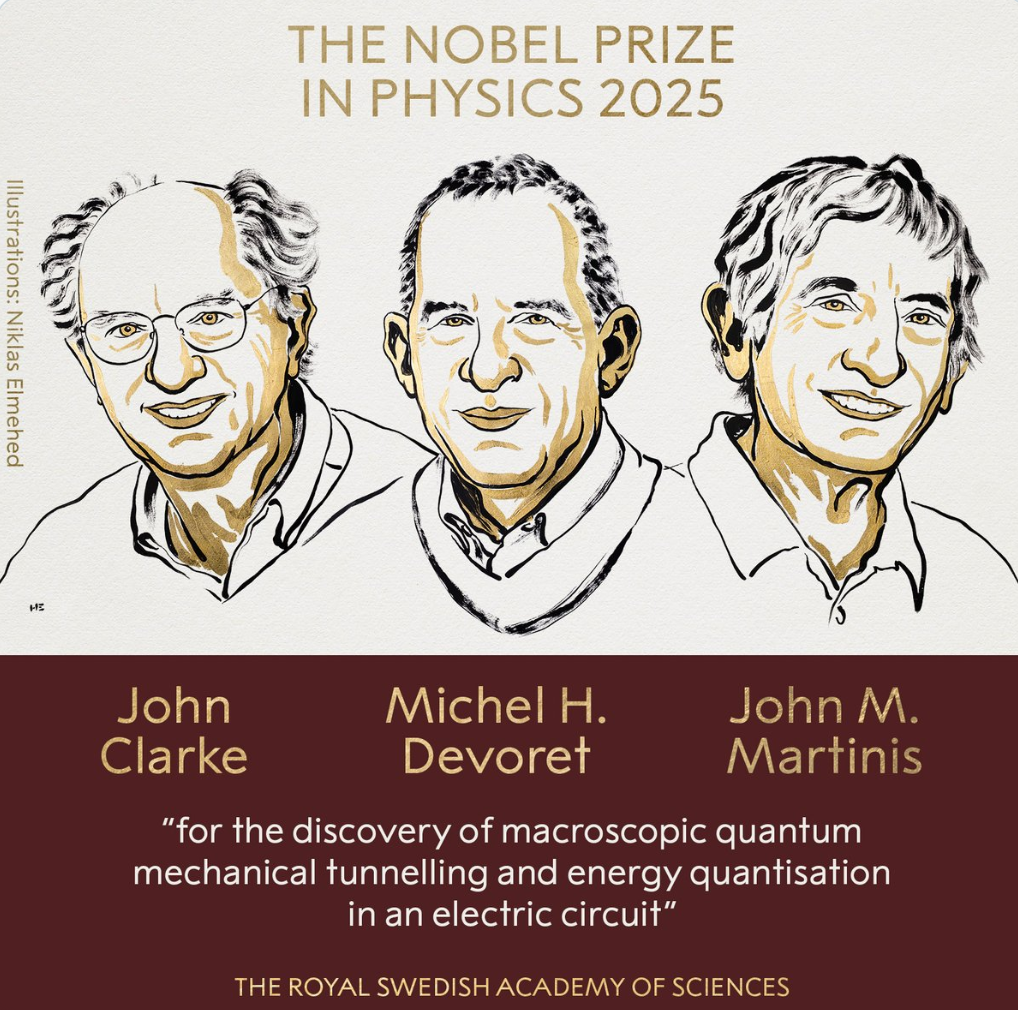
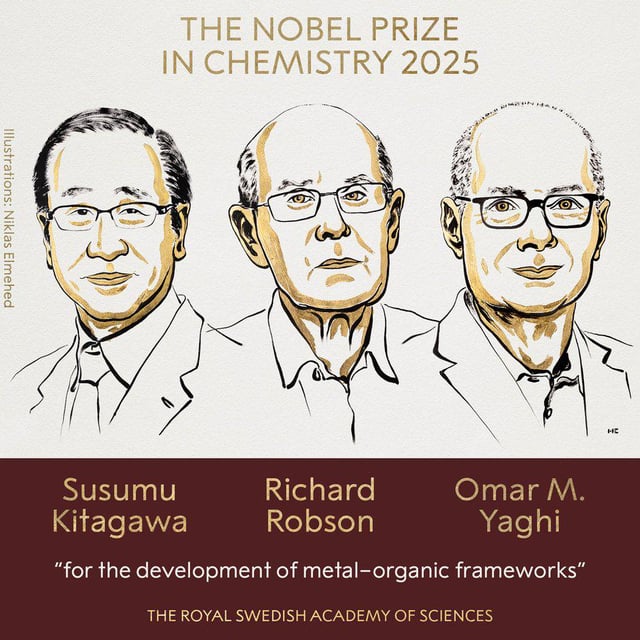
Les prix Nobel de cette année en Physique et en Chimie ont été décernés à des sujets en lien avec l’activité scientifique de notre laboratoire.


L’ADDEPT (amicale de l’institut) a le plaisir de vous annoncer qu’une soirée “des knacks et des jeux” sera organisée le Jeudi 16 Octobre. Elle se tiendra à partir de 18h00 à la cafétéria de l’IPCMS, pour se terminer vers 22h00. Tout le monde peut s’inscrire, stagiaires inclus, sauf les personnes extérieures à l’IPCMS.
Au programme, petits jeux pendant l’apéro : chips/bières/softs. Puis au menu, knacks et salade de pommes de terres et jeux un peu plus longs, glaces en dessert. N’hésitez pas à amener vos jeux préférés et à nous les faire découvrir ! Dans tous les cas, une sélection de jeux sera à votre disposition et nous prendrons le temps de vous expliquer les règles de ceux qui vous intéressent. Bonne humeur et partage seront au rendez-vous de cette soirée!
Les inscriptions sont déjà ouvertes et seront clôturées le Lundi 13 Octobre au soir. Inscrivez-vous auprès de Anne CARTON (bureau N°2008) ou de Lorry ENGEL (bureau N°2203), au tarif de 5 euros ou de 3 euros pour les membres adhérents de l’ADDEPT, à régler en liquide. Des membres de l’ADDEPT seront également présents lors des pauses café à 10h pour prendre directement vos inscriptions.
Nous espérons vous y voir nombreux !
Résumé : Développer de nouveaux matériaux est essentiel pour relever les défis de demain, qu’il s’agisse de produire et stocker l’énergie, d’inventer de nouvelles solutions de catalyse, de protéger l’environnement ou encore d’améliorer la santé. Les matériaux du futur ne se comprennent plus avec une seule méthode d’analyse : il faut croiser les regards, associer des techniques complémentaires et explorer la matière à différentes échelles. La microscopie électronique joue ici un rôle clé : elle permet aujourd’hui d’observer, avec une résolution inégalée, les nanomatériaux en action, dans des conditions proches de leur formation ou de leur utilisation réelle. La conférence mettra également en lumière la complémentarité entre microscopie électronique et autres techniques de pointe, comme celles basées sur le rayonnement synchrotron.
Cette conférence sera présentée conjointement par :
Prof. Clément SANCHEZ, Collège de France – USIAS (conférence en français)
Clément Sanchez est professeur émérite au Collège de France, titulaire de la chaire Chimie des matériaux hybrides et d’une chaire à l’USIAS de Strasbourg. Ancien directeur du Laboratoire de Chimie de la Matière Condensée de Paris, il a mené une grande partie de sa carrière au CNRS, où il a développé la « chimie douce » pour la synthèse de nanomatériaux hybrides. Ses recherches portent sur la nanochimie et les propriétés des gels et matériaux hybrides organiques-inorganiques, avec une forte inspiration tirée du vivant et un souci d’adaptation aux enjeux environnementaux. Lauréat de plusieurs prix, il est également membre de différentes académies des sciences.
ET
Prof. Gianluigi BOTTON, Synchrotron « Diamond Light Source » (UK) (Conférence en anglais)
Depuis octobre 2023, le Professeur Botton est Directeur Général du Diamond Light Source, le synchrotron national du Royaume-Uni. Il est également chercheur à l’Université McMaster, où il a occupé de 2002 à 2023 une Chaire de recherche du gouvernement canadien en microscopie électronique appliquée aux matériaux. Ancien Directeur scientifique du Canadian Light Source, il est aussi le fondateur du Canadian Centre for Electron Microscopy (CCEM), une infrastructure nationale de microscopie ultrahaute résolution. Lauréat de nombreuses distinctions internationales, il est Fellow de la Microscopy Society of America et de la Royal Society of Canada, et contribue activement à plusieurs revues scientifiques comme rédacteur invité ou membre de comités éditoriaux.
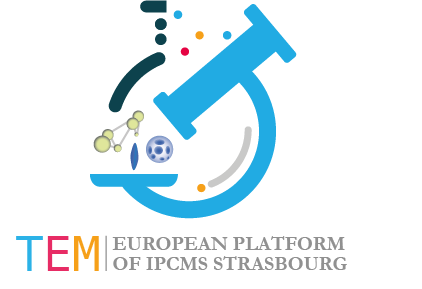
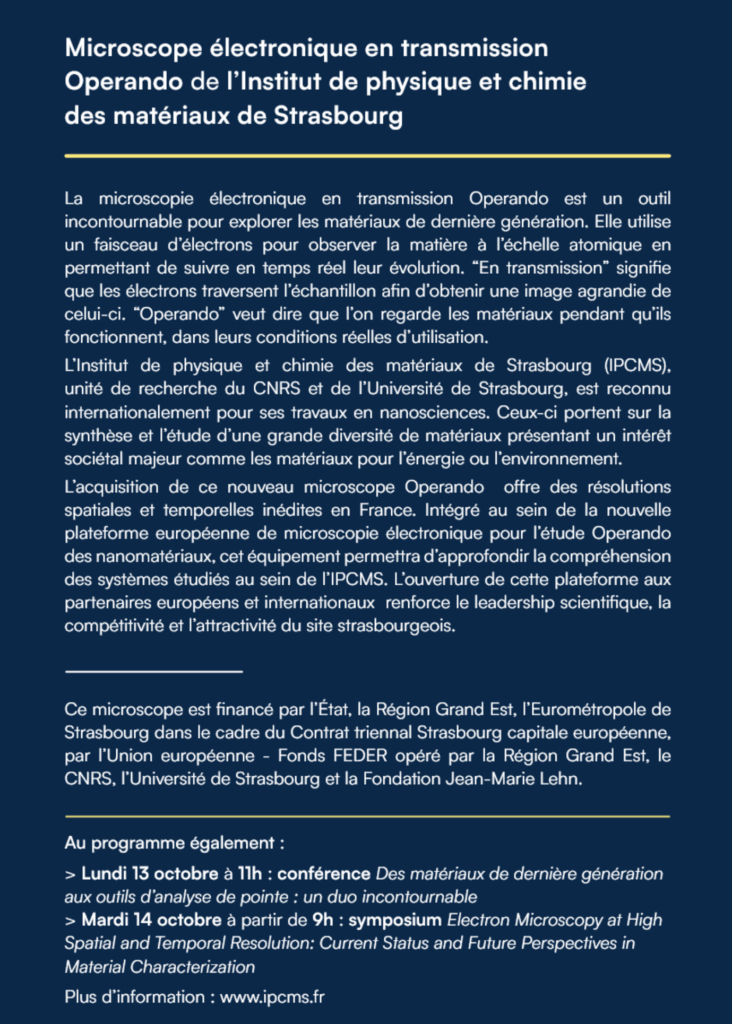
12ème édition du tournoi de pétanque organisée par l’ADDEPT

PÉTANQUE: Une participation unique de 4 euros par personne sera demandée.
BARBECUE: Une participation de 8 euros par personne ou 6 euros par personne pour les possesseurs de la carte d’adhérent à l’ADDEPT sera demandée.
Le schéma habituel du tournoi est reconduit, puisqu’il permet au plus grand nombre d’entre vous d’y participer, de jouer le même nombre de matchs (6 matches au total), tout en conservant une durée raisonnable.
Nous débuterons le tournoi à 14h00, ce qui devrait nous permettre de terminer aux alentours de 19h00. Pour ceux qui en possèdent, il faudra apporter son jeu de boules. Et si des personnes qui ont plusieurs jeux peuvent les apporter, cela permettra de dépanner ceux qui n’en ont pas. Nous devrions avoir des jeux de prêt comme d’habitude, ce qui devrait permettre à tous les participants de pouvoir jouer.
vous pouvez venir vous inscrire pour le tournoi &/ou le barbecue à partir de lundi 16 Juin prochain, et jusqu’au vendredi 04 juillet dernier délai! Pour vous inscrire, rendez-vous auprès de Lorry ENGE (Bureau n°2203, DON) ou bien Christophe COUDER (Bureau n°0023, DMONS) ou encore Lou MOSSET (Bureau N°3001, DCMI). Des séances d’inscriptions se tiendront également à 10h la cafétéria le temps de la pause café!
Lors de votre inscription, vous devrez obligatoirement inscrire une équipe au complet (trio) avec paiement à l’inscription, ou alors renseigner “en recherche d’équipe”, mais votre inscription ne sera pas encore valide dans ce cas.
32 équipes au maximum pourront s’inscrire
Orateur : Prof Ryo Nakayama, The University of Tokyo, 7-3-1 Hongo, Bunkyo-ku, Tokyo, Japan
Résumé :
Thin-film model systems offer a powerful platform for studying interfacial phenomena in solid-state lithium batteries and complex hydride electrolytes. At the Li₃PO₄/LiCo₀.₅Mn₁.₅O₄ interface in a thin-film lithium batteries, the resistance increases above 5 V vs Li/Li+ due to interfacial layer formation but relaxes over time, indicating reversible behavior. Epitaxial NaBH₄ thin films have been successfully fabricated via infrared pulsed-laser deposition, allowing control over growth orientation which is useful for interface study. These findings highlight the effectiveness of thin films in elucidating interface properties and advancing solid-state energy materials.
Contact: Pierre RABU : pierre.rabu@ipcms.unistra.fr
Orateur : Prof. Chihaya Adachi
Chihaya Adachi is a professor at Kyushu University in Japan and director of the Photonics and Organic Electronics Research Centre (OPERA). His activities focus on the chemistry, physics and implementation of organic semiconductor materials for applications in photonics and organic electronics. In particular, it is behind the development of the third generation of light-emitting diodes (OLEDs) based on thermally activated delayed fluorescence (TADF) organic materials. Cultivating close links with industry, Chihaya Adachi has co-founded two start-ups: Kyulux, in 2014, for the development and commercialisation of new materials for the OLED market; and Koala Tech, in 2019, for the development of purely organic laser materials and devices. Finally, he has developed numerous international collaborations, particularly with France. In 2023, the CNRS launched the IRP LUX-ERIT, which brings together the OPERA laboratory and four French laboratories, including the Institut de Physique et de Chimie des Matériaux de Strasbourg (IPCMS), the Institut Lavoisier de Versailles (ILV), the Laboratoire de Physique des Lasers (LPL) and the Institut Parisien de Chimie Moléculaire (IPCM), which is currently coordinating the project on the French side.
To meet C. Adachi, please contact: stephane.mery@ipcms.unistra.fr
Programme :
Au programme, petits jeux pendant l’apéro : chips/bières/softs. Puis au menu, knacks et salade de pommes de terres et jeux un peu plus longs, glaces en dessert. N’hésitez pas à amener vos jeux préférés et à nous les faire découvrir ! Dans tous les cas, une sélection de jeux sera à votre disposition et nous prendrons le temps de vous expliquer les règles de ceux qui vous intéressent. Bonne humeur et partage seront au rendez-vous de cette soirée!
Les inscriptions sont déjà ouvertes et seront cloturées le Lundi 12 Mai au soir. Inscrivez-vous auprès de Lorry ENGEL (bureau n°2203) ou de Damien CIANFARANI (bureau n°2205), au tarif de 5 euros ou de 3 euros pour les membres adhérents de l’ADDEPT, à régler en liquide. Des membres de l’ADDEPT seront également présents lors des pauses café à 10h pour prendre directement vos inscriptions.
Nous espérons vous y voir nombreux !
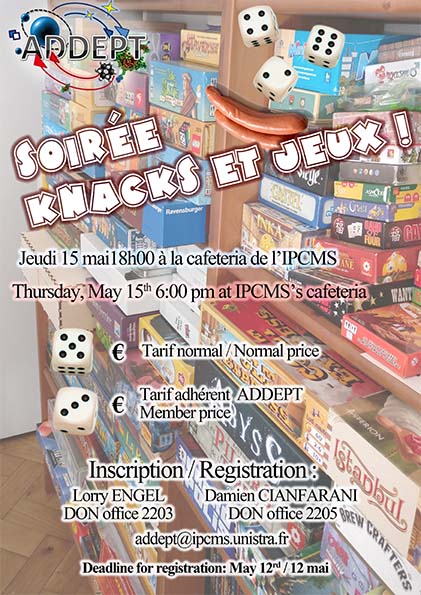
Dr. Cécilia Ménard-Moyon (CNRS, Immunology, Immunopathology and Therapeutic Chemistry, UPR 3572, University of Strasbourg)
Résumé :
The relatively low-cost production of graphene oxide (GO) and its dispersibility in various solvents,
including water, combined with its tunable surface chemistry, make GO an attractive building block to
design multifunctional materials. There are many applications for which it is fundamental to preserve
the intrinsic properties of GO, for instance in the biomedical field. As a consequence, the derivatization
of GO to impart novel properties has to be well controlled and the characterization of the functionalized
samples thoroughly done. Despite the great progress in the functionalization of GO, its chemistry is not
always well controlled and not fully understood.[1] In this context, I will explain some strategies for the
functionalization of GO through the selective derivatization of the epoxides and hydroxyl groups without
alteration of its properties and with biomedical perspectives for anticancer therapy.[2,3] I will also
present how the incorporation of carbon nanomaterials, such as carbon nanotubes and GO, in hydrogels
formed by the self-assembly of aromatic amino acid derivatives can control drug release.[4,5]
[1] Guo S, Garaj S, Bianco A, Ménard-Moyon C, Nat. Rev. Phys., 4 (2022) 247.
[2] Guo S, Nishina Y, Bianco A, Ménard-Moyon C, Angew. Chem. Int. Ed. Engl., 59 (2020) 1542.
[3] Guo S, Song Z, Ji DK, Reina G, Fauny JD, Nishina Y, Ménard-Moyon C, Bianco A, Pharmaceutics, 14 (2022) 1365.
[4] Guilbaud-Chéreau C, Dinesh B, Schurhammer R, Collin D, Bianco A, Ménard-Moyon C, ACS Appl. Mater.
Interfaces, 11 (2019) 13147.
[5] Xiang S, Guilbaud-Chéreau C, Hoschtettler P, Stefan L, Bianco A, Ménard-Moyon C, Int. J. Biol. Macromol., 255
(2024) 127919.